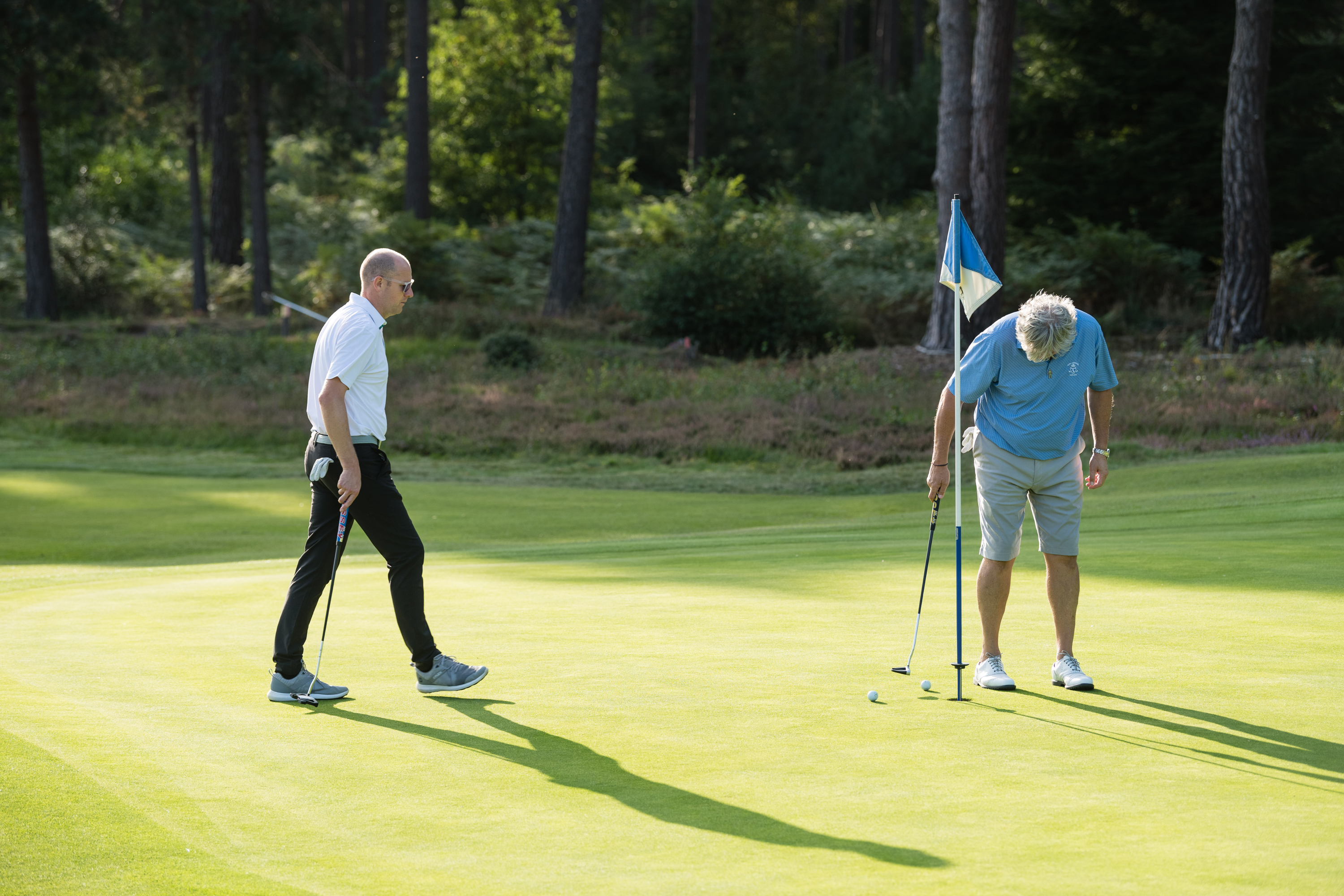8 Ways Golf Has Changed For The Better Post-Pandemic
From a surge in popularity to booking a tee time online, we look at 8 ways golf is better post-pandemic.


The Covid pandemic changed the world. The way we live, communicate and work has changed, the threat to our mortality and our environment has become more apparent. Lockdown gave us a glimpse of a less industrial life, but it also drove up levels of loneliness and anxiety. Covid impacted directly upon, and has influenced the future of almost everything, including (on a relatively inconsequential level,) golf. Here below we consider 8 ways golf has changed for the better post-pandemic.
Golf is more popular again

The fundamental boost the pandemic gave the sport of golf was that it encouraged more people to play. It was one of the early activities deemed possible, given that it’s played outdoors and social distancing was easy to achieve on the course. People took up the game, came back to the game, others simply played more, recognising the physical and mental benefits that golf offers. Figures show golfing participation has increased over the last five years and that has filtered through to be of benefit to the game generally.
Golf clubs are healthier
People have seen the benefits of being a member of a golf club and many of those clubs have waiting lists once again. Most clubs saw a boost in membership numbers post-pandemic. The cost-of-living crisis will likely have a negative impact on those numbers as we go into 2023, but the fact that many were either introduced to club membership, or were reminded of the great things about it, may just see more clubs survive this period of financial challenge.
The industry as a whole is healthier
Interest in golf rose across the board – More were interested to find out about golf, to watch golf, to buy all things golf. The demand for equipment through, and after the pandemic, skyrocketed. Manufacturers couldn’t keep up. That meant more money going into the industry, into research and development, into jobs, into sponsorships, into expanding tournaments, into junior development. Again, the cost-of-living crisis is now impacting on spending, but the influx of money into golf created by the pandemic was a shot-in-the-arm for the golf industry.
Golf is less stuck in its ways

Just getting on with it...
We had to adapt in the pandemic – to play with the flag in, to play more ready golf, to change our shoes in the car park. The pandemic has encouraged many old-school golfers to see that a new generation may prefer a less stuffy form of golf that takes place over a shorter space of time. And, for a while at least…
... Golf became quicker
As we started out playing two-ball golf, with flags in, rakes out of play, no handshaking… Pace of play in the pandemic was greatly improved. Even if that has fallen back a bit now, people were at least given a look at a golfing world where people got round the course in less than three and a half hours. It was great for players to be reminded it was possible.
More focus on the golf course

Keeping it looking its best
As golf courses have been busier, more attention has been given to them. Clubs saw the course, once again, as their main product rather than as a part of the business needing to be subsidised by food and beverage sales. It was a good reminder for many facilities that a great golf course, attracts members and visitors and that more investment in your core offering can deliver increased turnover.
Subscribe to the Golf Monthly newsletter to stay up to date with all the latest tour news, equipment news, reviews, head-to-heads and buyer’s guides from our team of experienced experts.
OK, traffic has increased meaning the challenge of maintenance is higher, but many clubs have made the necessary investment to meet that challenge and deliver a quality course (and to do so in a sustainable fashion.)
Online bookings are now standard

Making a booking as easy as a couple of taps
As with so many things during Covid, golf went more digital… It’s not always a good thing and we have all experienced frustrations with digital systems that don’t function 100% of the time. But one good thing is that online tee time bookings is now standard. It’s so much easier to go to a club website and see what is available. At your own club you can find the times that suit you ideally and at away courses you can find slots, at the right green fees. Booking via websites or apps is quick and straightforward and it takes pressure off pro shops or offices who previously spent half their time taking phone calls and scribbling in and crossing out names on the tee sheet.
card machines throughout
Carrying on with technology – the use of card machines throughout clubs greatly simplifies a day’s golf – There’s no need to find three pound coins to enter the weekly sweep, nor do you need a wedge of notes to pay your bar tab. If your club has a membership card you can generally simply top that up once in a while and use it for everything – from opening the front door of the clubhouse, to entering a competition, to buying a bacon roll.

Fergus is Golf Monthly's resident expert on the history of the game and has written extensively on that subject. He has also worked with Golf Monthly to produce a podcast series. Called 18 Majors: The Golf History Show it offers new and in-depth perspectives on some of the most important moments in golf's long history. You can find all the details about it here.
He is a golf obsessive and 1-handicapper. Growing up in the North East of Scotland, golf runs through his veins and his passion for the sport was bolstered during his time at St Andrews university studying history. He went on to earn a post graduate diploma from the London School of Journalism. Fergus has worked for Golf Monthly since 2004 and has written two books on the game; "Great Golf Debates" together with Jezz Ellwood of Golf Monthly and the history section of "The Ultimate Golf Book" together with Neil Tappin , also of Golf Monthly.
Fergus once shanked a ball from just over Granny Clark's Wynd on the 18th of the Old Course that struck the St Andrews Golf Club and rebounded into the Valley of Sin, from where he saved par. Who says there's no golfing god?